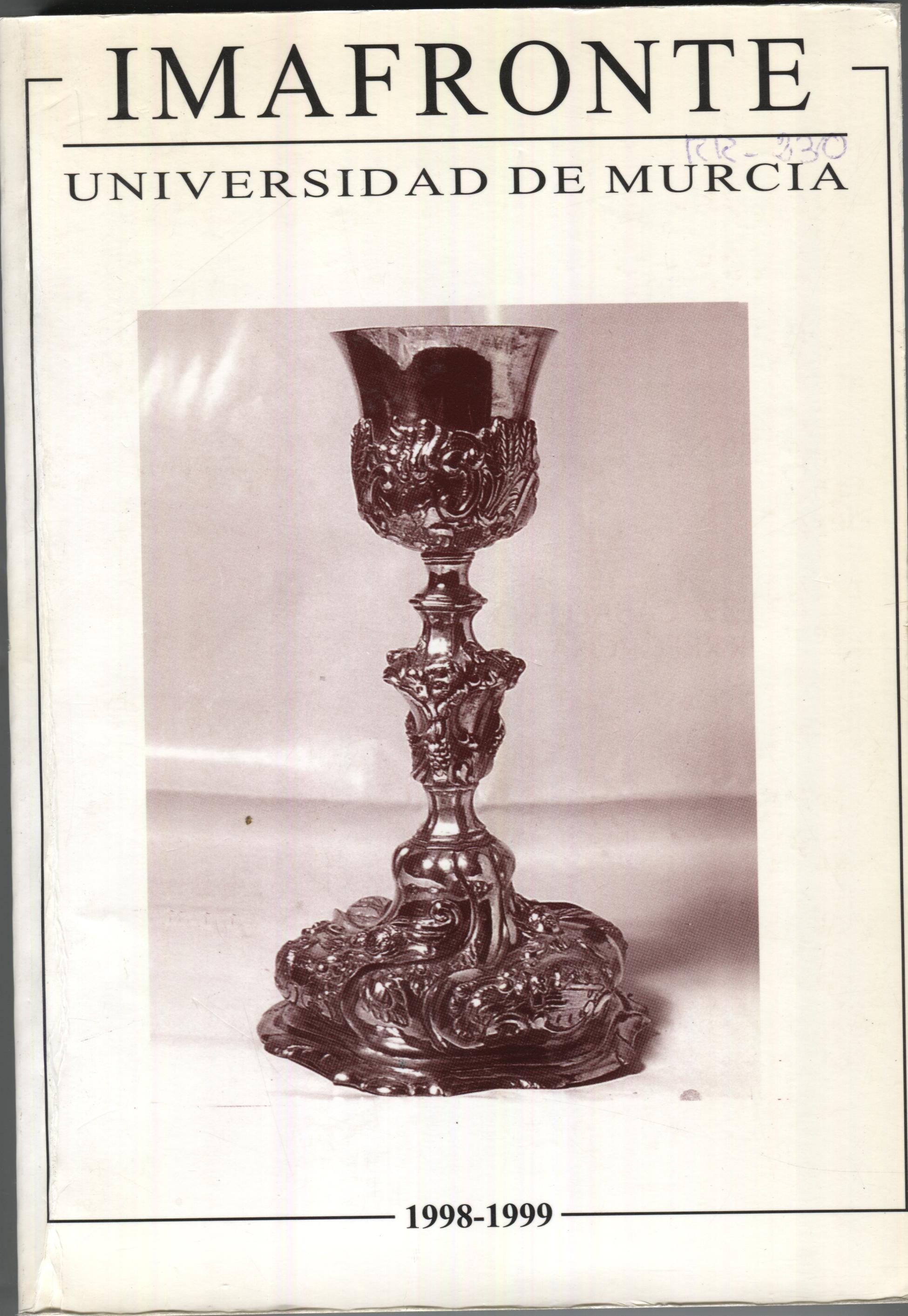LA <i>TRINIDAD</i> DEL PINTOR BOLOÑÉS ORACIO SAMACCHINI Y SU PROYECCIÓN EN LA PINTURA LEVANTINA ESPAÑOLA ENTRE LOS SIGLOS XVI Y XVII
Abstract
The Trinity, work of the bolognese painter, Oracio Samacchini (1532-l577), was transferred to an engraving by the architect, painter and engraver, Domenico Tibaldi (1.541-1583). also Bolognese, with had a wide difusion as a source of formal inspiration for many other paintings thah followed that model but in a different form. The fame of this pictorial scheme soon surpassed the Italian border and reached Spain, where it was used in the 16th and 17th centuries by various painters in the Lavantine area. In the old kingdom of Murcia, Artus Brandt or Tizon. un italianised Flemishpainter, usedpart of this model from the engraving it 1577 for his version of the Assumption and Coronation of the Virgin a commission that he received, from the city council of cartagena. and also in Murcia an anonymous painter used it for a version of the Trinity in the cathedral. Both paintings were on wooden panels.Downloads
-
Abstract272
-
PDF (Español (España))139
1. The authors non-exclusively assign the exploitation rights (reproduction, distribution, communication and transformation) to the magazine.
2. The works published in this magazine are subject to the Attribution-ShareAlike 4.0 International license (CC By SA 4.0). Therefore, they can be copied, used, disseminated, transmitted and publicly displayed, provided that:
i) the authorship and the original source of its publication (journal, editorial and URL of the work) are cited, thus allowing its recognition.
ii) it is allowed to remix, transform or create from the material while maintaining the same license as the original.

3. Self-archiving conditions. Authors are allowed and encouraged to electronically disseminate the pre-print (version before being evaluated) and/or post-print (version evaluated and accepted for publication) versions of their works before publication, as it favors their publication. Earlier circulation and diffusion and with it a possible increase in its citation and reach among the academic community. Color RoMEO: verde.






















